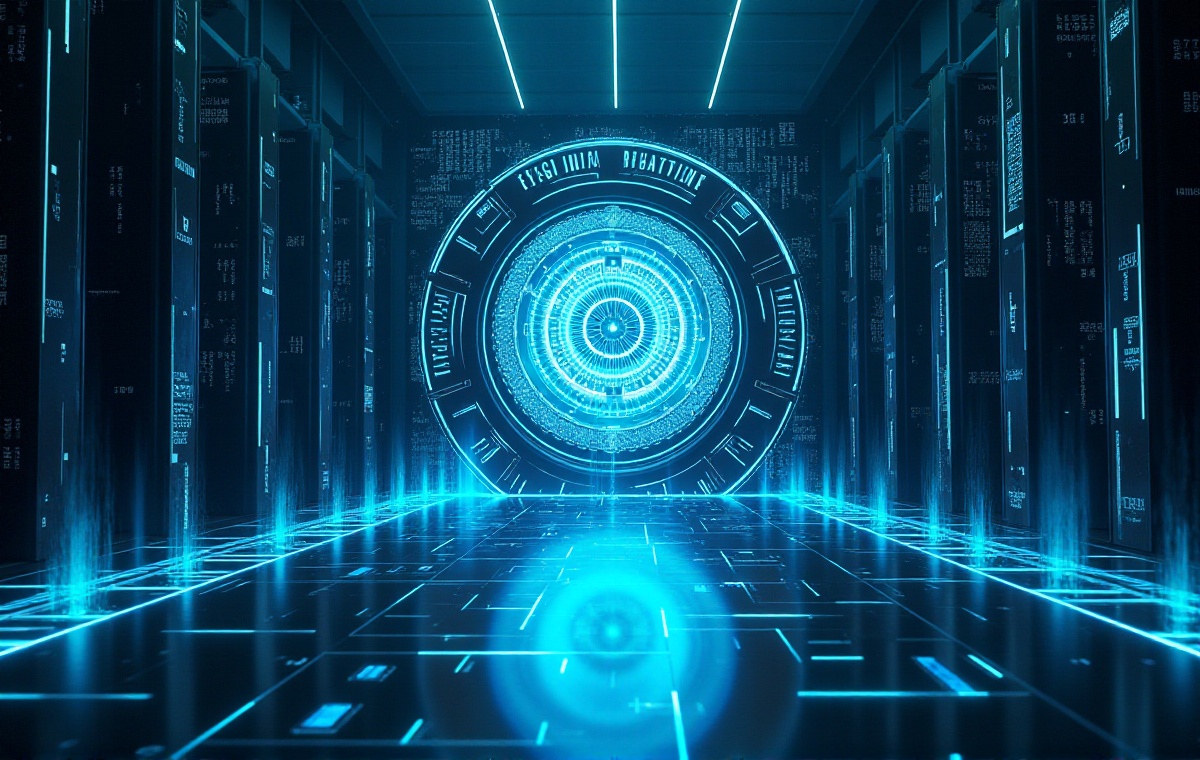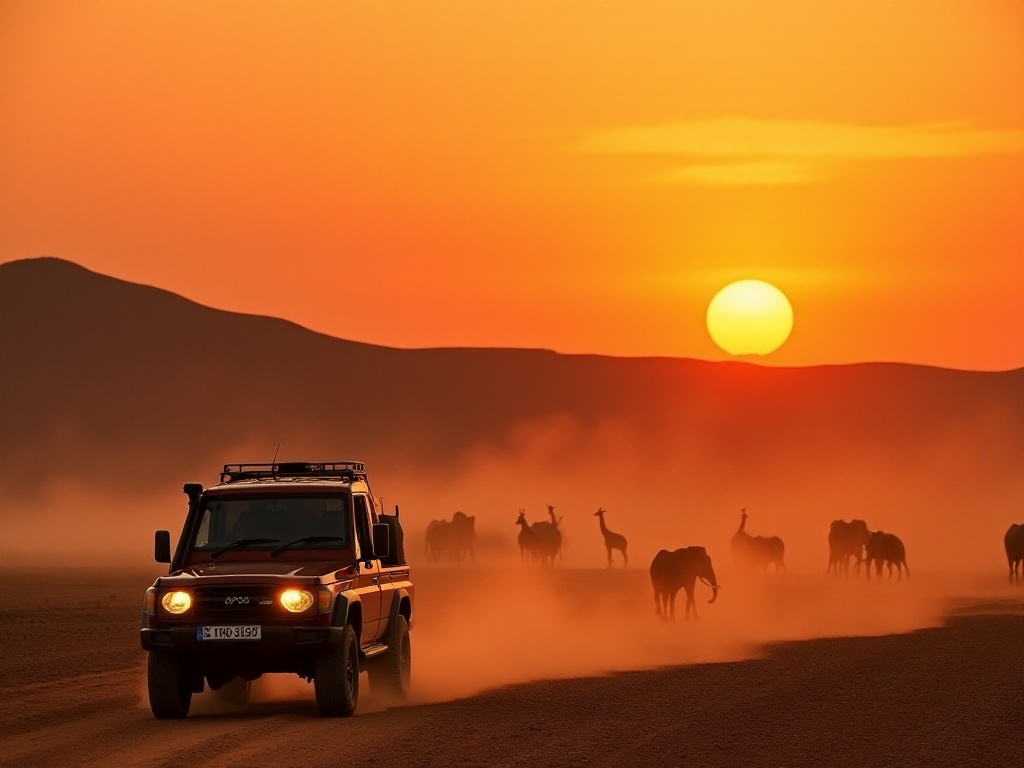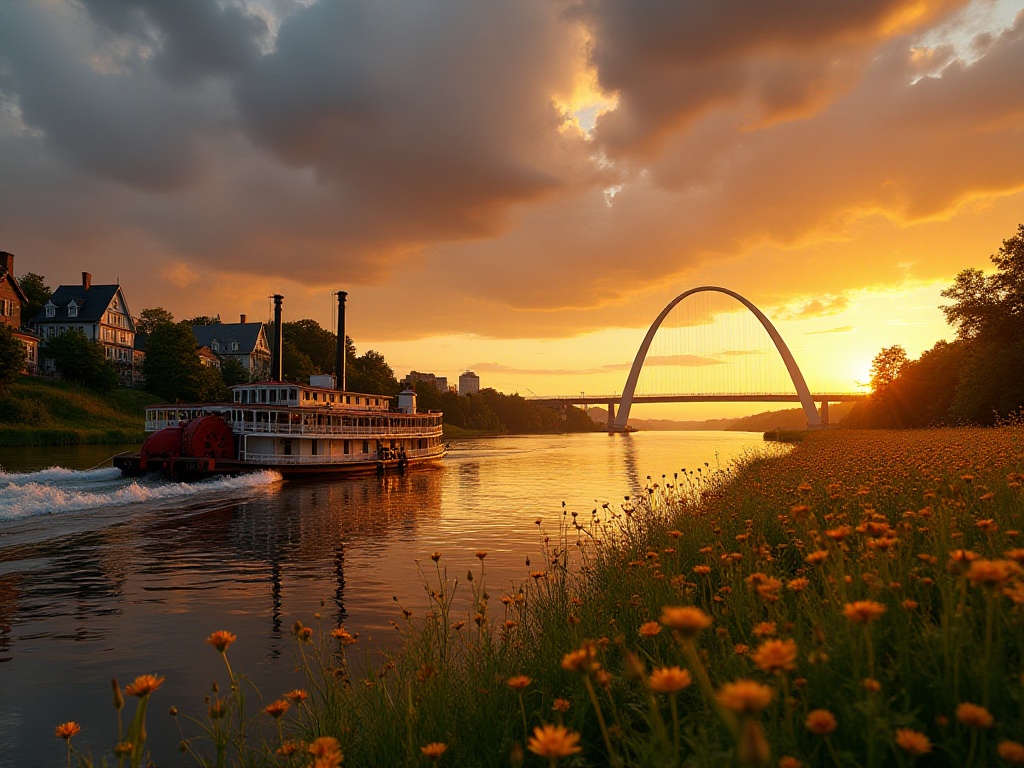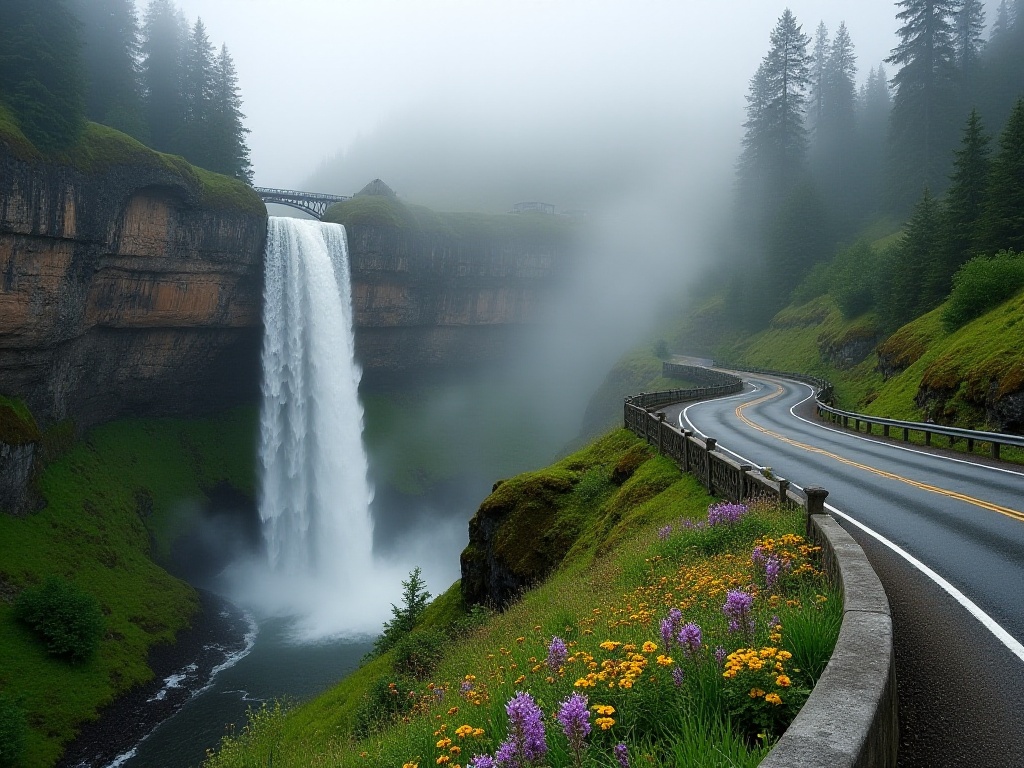The Journey Begins
When I first saw photos of the Great Ocean Road, I was completely stunned! The impact was truly indescribable. The azure coastline stretched endlessly, with the Twelve Apostles standing like giants in the sea, waves crashing against the cliffs - the entire scene was breathtakingly beautiful. As someone who loves in-depth travel, I really dislike rushed group tours that feel like herding ducks. Finally, last October, I made up my mind to experience it myself and embarked on a two-week self-drive journey along Australia's Great Ocean Road.
To be honest, the decision to take this trip came quite suddenly. That night, I was browsing Xiaohongshu when a blogger's sunset video of the Great Ocean Road completely captivated me. I immediately checked flight booking websites and found the prices quite reasonable. Thinking about how hard I'd been working, I decided it was time to give myself a proper holiday to relax.
Route Details
Starting from Melbourne and heading west along Victoria's coastline, the Great Ocean Road spans 243 kilometers. Some might think, it's just over 200 kilometers, couldn't you drive it in 3-4 hours? But those who have experienced it understand that every turn and every scenic spot along this road is too beautiful to rush past.
My itinerary was planned like this: After picking up the car at Melbourne Airport, I spent a day in the city adjusting to right-hand driving. Honestly, it was quite confusing at first - I kept feeling like I was in the wrong lane, and turning was especially nerve-wracking. But humans are remarkably adaptable, and after a day, I basically got the hang of it.
Early the next morning, I set off, with Torquay as my first stop. While this town isn't a famous tourist spot, its surfing beaches are incredible! I met a couple there who had come specially from the Gold Coast to surf - they were experienced surfers and said Torquay's waves were even better than the Gold Coast's, plus it was less crowded and peaceful - truly a secret paradise for surfers.
I spent most of the day at Torquay beach. Though I don't surf, watching the skilled surfers navigate the waves while listening to the ocean was incredibly relaxing. There were also several authentic seafood restaurants by the beach. I ordered their specialty lobster pasta paired with white wine - absolutely heavenly!
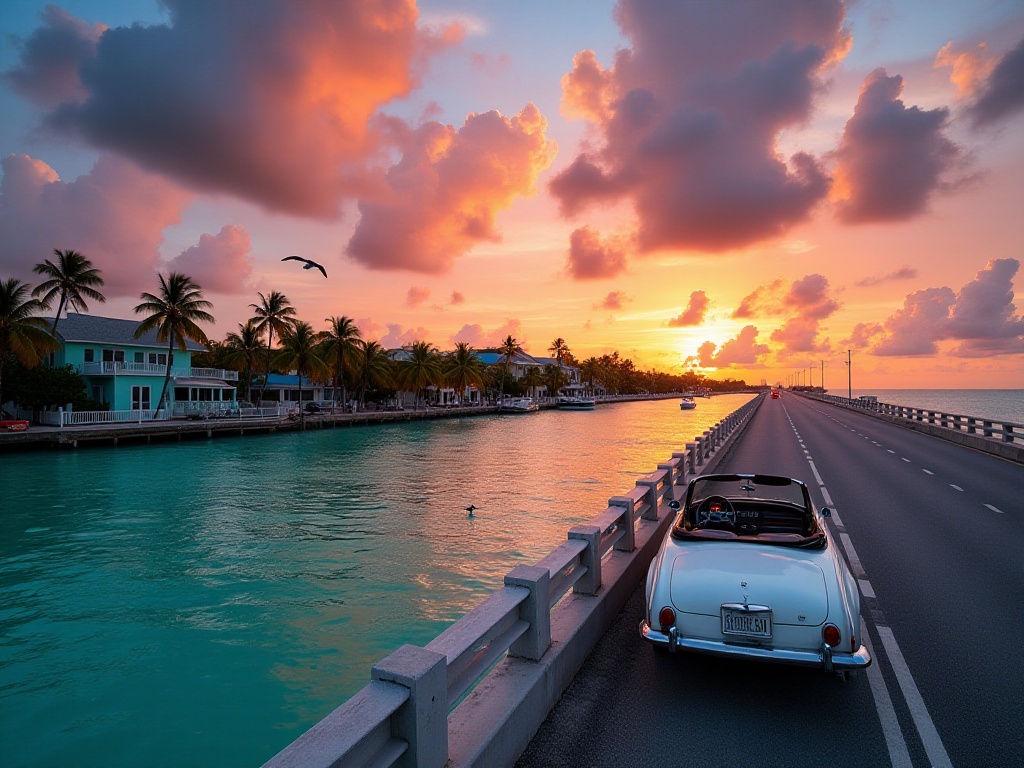
Thrilling Experiences
The most exciting experience was definitely driving the Apollo Bay section. This stretch had many curves and steep gradients, taking nearly two hours one way. While enjoying the sea breeze during the drive, suddenly a koala slowly climbed down from a roadside eucalyptus tree and crossed the road - my heart nearly stopped! Thankfully, I had been maintaining a low speed, or it could have been dangerous.
This reminded me of reading travel guides, where Goway Travel's self-drive product particularly emphasized one point: when self-driving in Australia, besides adapting to right-hand driving, you need to be especially aware of wildlife. Their "Sydney to Cairns Pacific Coast Explorer Self-Drive Tour" starts at $3,206, including detailed route guides and emergency contact services - thinking about it now, that price was really reasonable.
Along the Apollo Bay section, I encountered several small viewing platforms. Each offered different perspectives - some overlooked magnificent cliffs, others provided panoramic views of the bay, and some showed distant lighthouses. I stopped at almost every platform, taking countless photos. This freedom to stop and appreciate the scenery at will is something you can never experience with group tours.
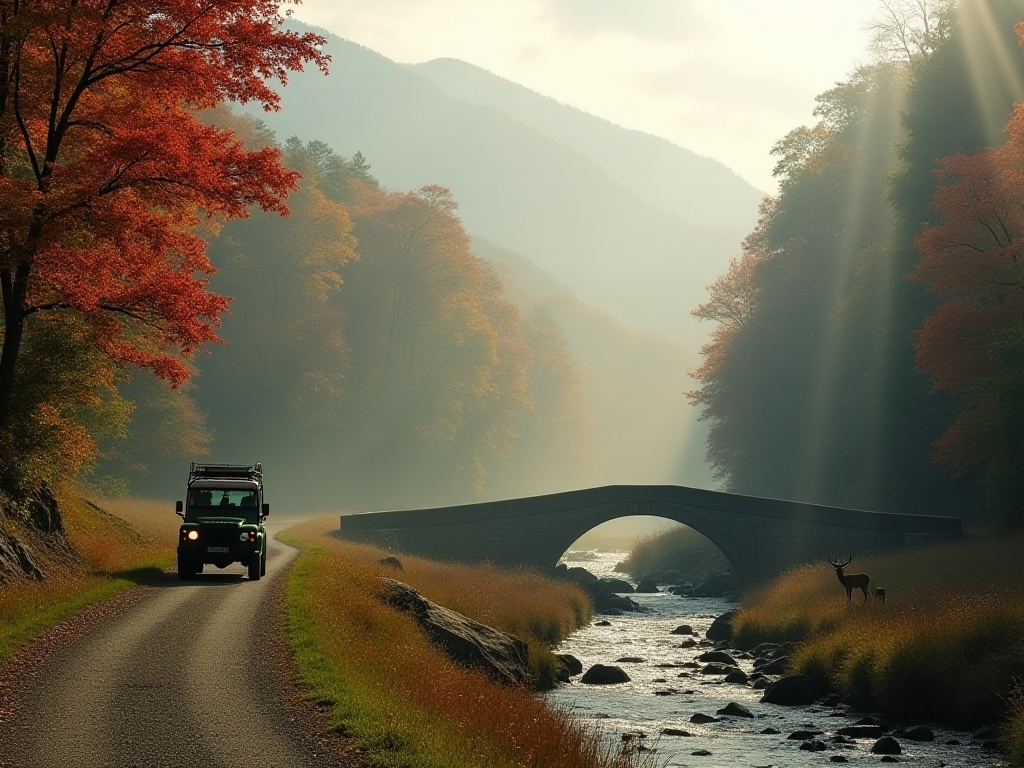
In-Depth Experience
For accommodation along the Great Ocean Road, I strongly recommend spending a night in Apollo Bay. Though this town has less than a thousand residents, it boasts Victoria's most beautiful sunsets. That evening, sitting on my seaside guesthouse's terrace, I watched the sun slowly sink into the horizon. The entire sky was painted in brilliant orange-red, with clouds seemingly splashed with golden paint - it was surreally beautiful.
I stayed at a guesthouse run by a lady who had been operating it for over twenty years. In the evening, we chatted on the terrace, and she said, "We're seeing more and more self-drive tourists now, especially from China, with a 35% increase just last year. Many say you can't truly experience the Great Ocean Road's magic without self-driving."
The lady shared many interesting stories about various tourists she'd met and the town's historical changes. She explained that it used to be just a quiet fishing village, and while it has developed, it still maintains its original charm. At night, falling asleep to the sound of waves was truly magical.
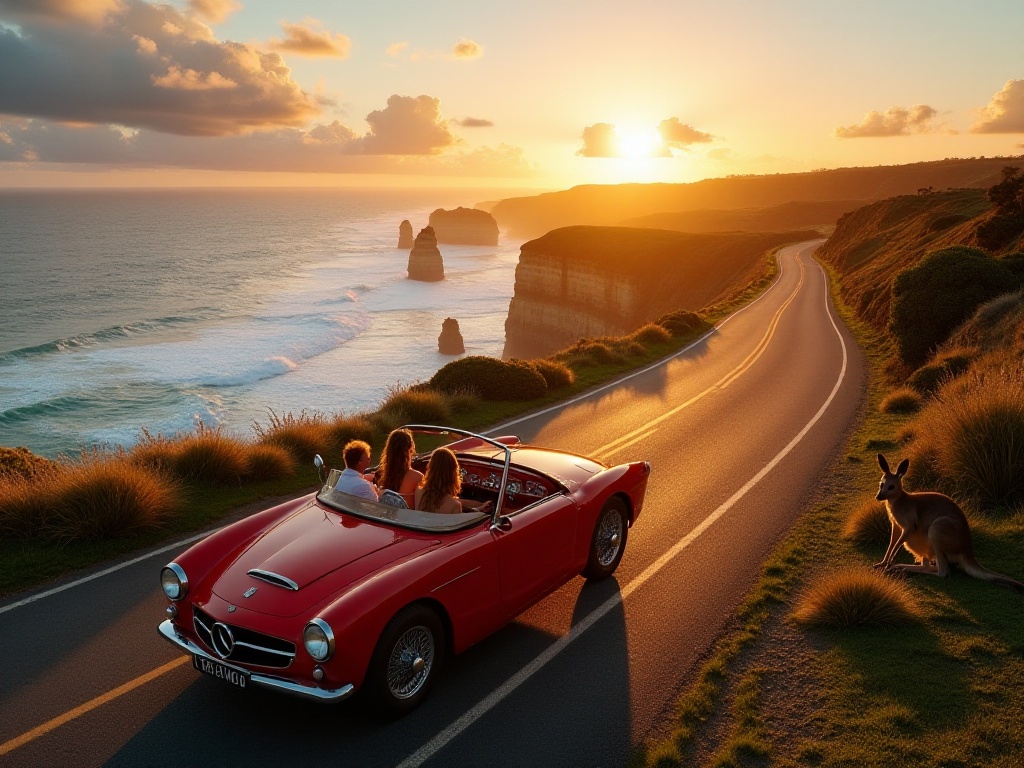
Recommended Route
Based on my personal experience, you need at least 3-4 days to fully appreciate the essence of the Great Ocean Road. Here's how I planned my itinerary:
Day one is from Melbourne to Torquay, about 108 kilometers, normally a one-and-a-half-hour drive. However, I suggest allowing more time because the scenery along the way is so beautiful you'll want to stop for photos. Torquay has many characteristic beachside cafes and restaurants - definitely choose a seaside restaurant for lunch to enjoy the ocean views while dining.
Day two is from Torquay to the Twelve Apostles, a distance of 98 kilometers. This is the most spectacular part of the journey, so allow 4-5 hours. There are many viewpoints along the way, like Gibson Steps and Loch Ard Gorge, each worth careful appreciation. At the Twelve Apostles, wait for sunset - when the sun's rays shine on these giant stone pillars, the impact is indescribable.
Day three is from the Twelve Apostles to Apollo Bay, only 37 kilometers, but due to complex road conditions, allow 2-3 hours. There's more wildlife on this stretch, so be especially careful. In Apollo Bay, you can participate in local activities like fishing or hiking. Don't miss the sunset by the sea - the twilight here is Victoria's most beautiful.
Day four is the return trip to Melbourne. Though it's the same road back, seeing the scenery from the opposite direction offers a completely different experience. If time allows, stop at towns along the way to experience local life.
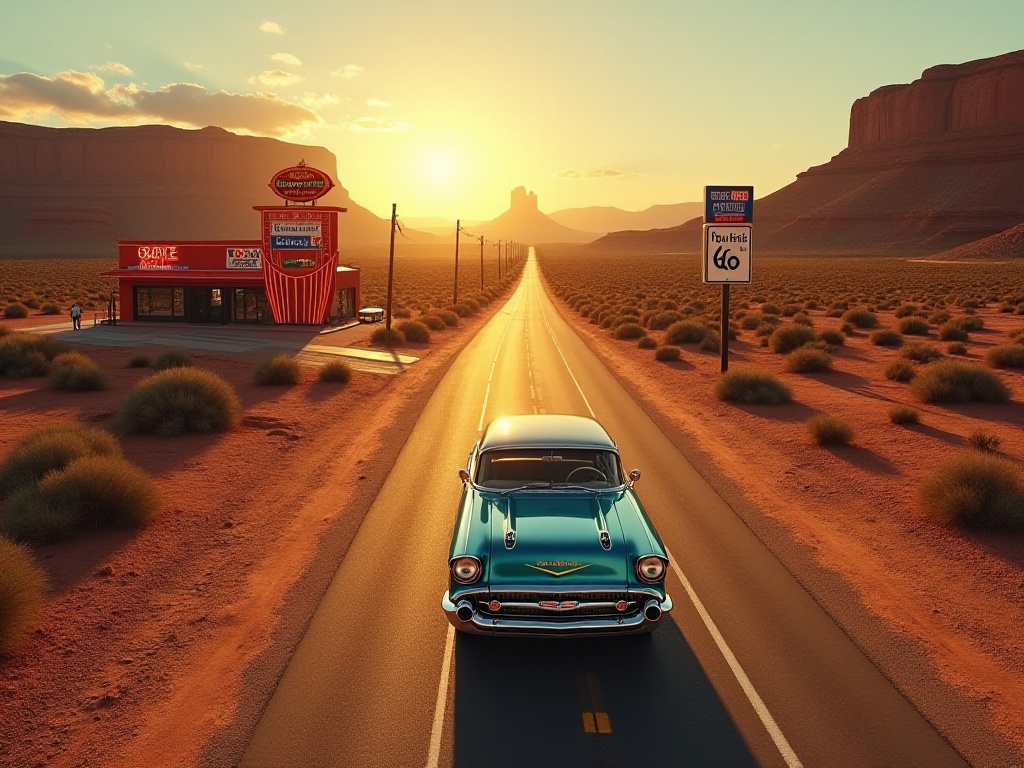
Practical Tips
Regarding specific self-driving advice, I have some particularly important experiences to share:
First, car selection. While the Great Ocean Road is entirely paved and a regular two-wheel-drive sedan is sufficient, I strongly recommend renting an SUV if your budget allows. It offers better visibility and more stability around curves. I rented a Toyota RAV4, which was excellent in all aspects. It was fuel-efficient, had great visibility, and ample trunk space for luggage and photography equipment. The higher seating position also allows you to see further ahead while driving.
Second, regarding refueling. While there are several gas stations along the Great Ocean Road, prices are typically 20-30% higher than in the city. I recommend filling up in Melbourne city. Refuel when the tank reaches half-full - don't take chances. I met a couple who assumed they'd find gas stations along the way, only to discover the nearest station was over twenty kilometers away when they were almost empty - quite a scary situation.
For navigation, I recommend downloading offline maps. While mobile signals are generally good along the Great Ocean Road, some remote sections may have unstable coverage. With offline maps, you won't worry about getting lost. I used Google Maps and downloaded the entire Victoria state map offline, which worked perfectly throughout.
For accommodation, book at least a month in advance, especially during peak tourist season. I booked through Booking and Airbnb - compare several options and check reviews and locations. For seaside accommodations, choose rooms with terraces or balconies so you can enjoy ocean views in the morning and sunsets in the evening.
Regarding dining, restaurants along the Great Ocean Road are generally expensive but offer good quality. The seafood is especially fresh. To save money, you can buy snacks and drinks from supermarkets in Melbourne as emergency food. However, I recommend trying at least one or two local specialty restaurants - though expensive, they're worth it.
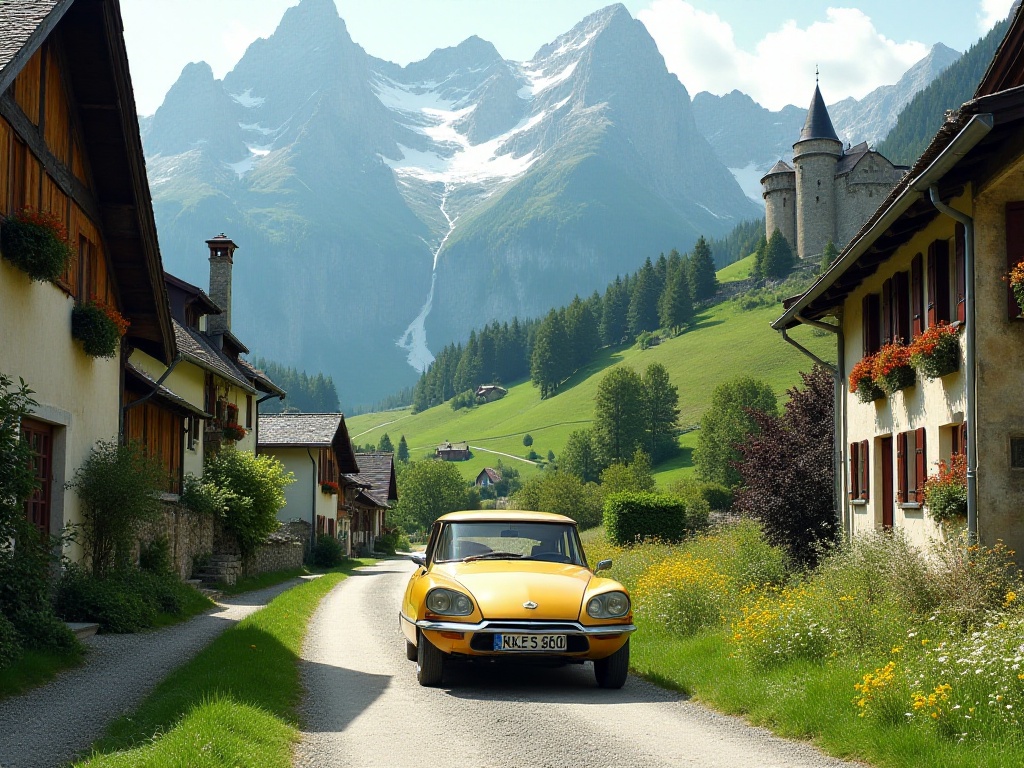
Budget Breakdown
Many people are curious about self-drive tour costs. Based on my experience, for two people over four days and three nights, the budget breaks down roughly like this:
Car rental costs about 150 AUD per day, including basic insurance. More comprehensive coverage might cost extra. I booked in advance through a car rental website from home, which was cheaper than renting locally.
Accommodation costs between 200-300 AUD per night during off-peak season. Peak season prices might be 30% higher. I stayed in seaside guesthouses with ocean views - regular hotels or hostels would be cheaper.
Fuel costs totaled about 200 AUD for the entire trip. This depends on your vehicle type and driving habits. The RAV4 I rented was fuel-efficient, and I maintained economical speeds, so fuel costs were reasonable.
Food costs averaged 80-100 AUD per person daily. Breakfast was usually at the guesthouse, with lunch and dinner at local restaurants. To save money, you can cook your own meals - many guesthouses have kitchens.
Attraction tickets averaged about 150 AUD per person. Some attractions are free, like the Twelve Apostles viewing platform, but special activities like helicopter tours or boat trips cost extra.
Overall, for two people over four days and three nights, expect to spend around 2000 AUD per person. Compared to travel agency packages starting at 3000 USD, self-driving offers good value. Most importantly, the experience and freedom are much better than group tours.
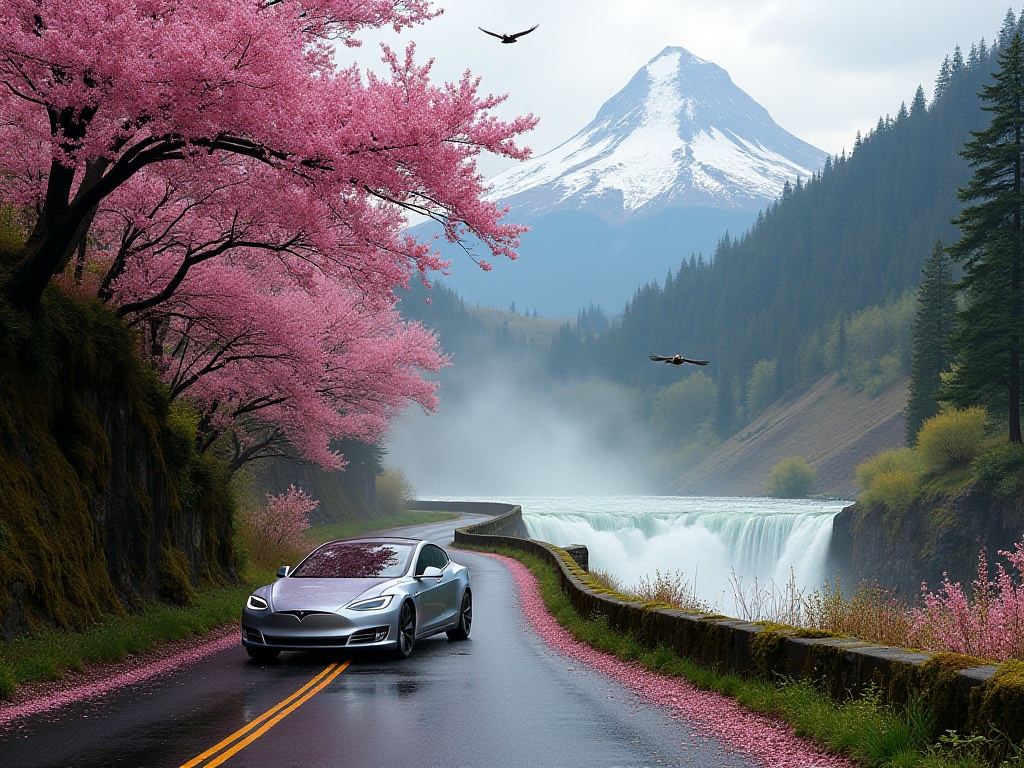
Reflections
Reflecting on this journey, my biggest takeaway is that self-driving isn't just a mode of travel - it's a lifestyle. It gives you complete freedom to experience the scenery, meet interesting people, and discover unexpected surprises.
Like meeting the surfing couple in Torquay - on a group tour, we might have just taken quick photos and left. But because we were self-driving, we had time to stop, chat, and hear their surfing stories. These random encounters and conversations are the best parts of traveling.
The sunset at Apollo Bay - on a group tour, we might have only had fifteen minutes to stop. But self-driving allowed us to find the most comfortable spot and slowly wait for the sun to set, watching the sky's colors gradually change - that feeling is irreplaceable.
As Audley Travel says in their custom self-drive product description: "True travel isn't about the destination, but the stories along the way." This Great Ocean Road self-drive journey helped me deeply understand this meaning. Every road section, every turn, every stop is a small story worth cherishing.
The Great Ocean Road's beauty isn't just in its landmark sites, but in all the little moments throughout the journey. The first ray of morning sun, the afternoon sea breeze, the evening twilight, the night sky - every moment is heart-touching. Self-driving gives us enough time and freedom to experience these beautiful moments.
If you're planning an Australian self-drive tour, my advice is: don't pack your itinerary too full. Give yourself enough time to feel, discover, and enjoy. After all, travel's meaning isn't in how many places you visit or sights you see, but in how much you truly experience and gain.
This Great Ocean Road self-drive journey is definitely one of my most unforgettable travel experiences. It not only showed me world-class scenery but taught me how to slow down and enjoy every moment of the journey. To me, this is the true essence of travel.
Have you had similar self-driving experiences? Feel free to share your stories in the comments. If you're planning an Australian self-drive tour, you can ask me any questions - I'm happy to offer advice. Let's share the joy of travel and create our own travel stories.




